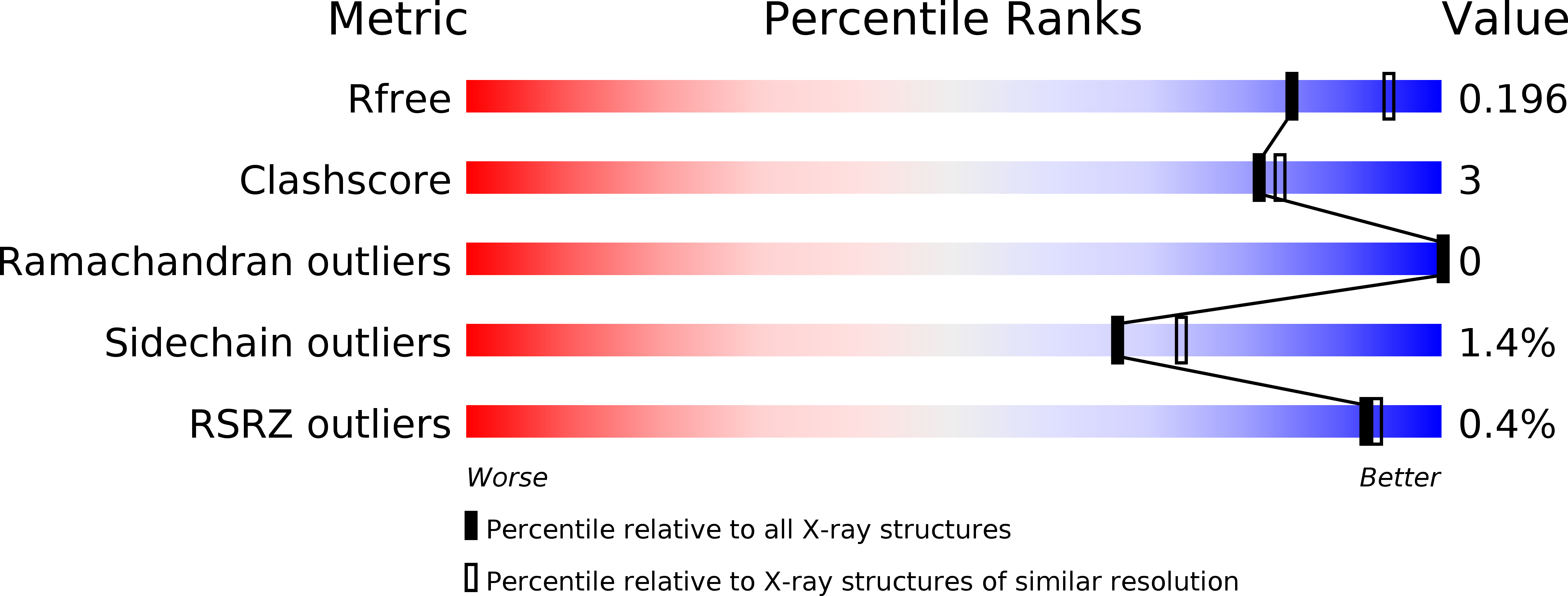
Deposition Date
2012-10-05
Release Date
2013-01-16
Last Version Date
2024-11-20
Entry Detail
PDB ID:
4HFK
Keywords:
Title:
Crystal structure of the type VI effector-immunity complex Tae4-Tai4 from Enterobacter cloacae
Biological Source:
Source Organism:
Enterobacter cloacae (Taxon ID: 716541)
Host Organism:
Method Details:
Experimental Method:
Resolution:
2.10 Å
R-Value Free:
0.20
R-Value Work:
0.15
R-Value Observed:
0.15
Space Group:
C 1 2 1


